 |
 |
|
 |

At the Intersection
|
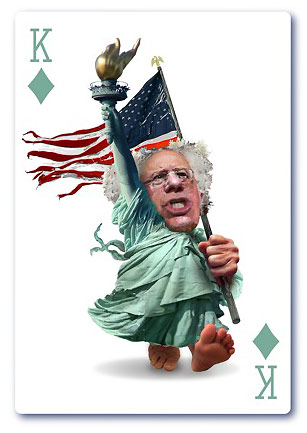 |
![]() ecently,
an audience of political art fans were treated to a lively combination
of Joe Stiglitz speaking off the cuff and two thought-provoking artists.
Made the senses quiver.
ecently,
an audience of political art fans were treated to a lively combination
of Joe Stiglitz speaking off the cuff and two thought-provoking artists.
Made the senses quiver.
The Charles Krause Reporting Fine Art Gallery, snagged Nobel Laureate Stiglitz who was doing a DC drive-by for the World Bank. One of the artists, sculptress Kathleen Ramich, bases some of her creations on Stiglitz perspectives on state capture and the wealth gap. Ramich and caricaturist Nancy Ohanian are both wizards at satire, one with clever sculpture and one with gatling gun ink.
The Professor
Surrounded by art, Stiglitz echoed the importance of artistic expression helping people understand what’s going on and motivating them. He noted the controversy of the Diego Rivera mural at the Rockefeller Center, deemed too radical with its triumphant workers and covered up. It was later destroyed, though Rivera recreated it in Mexico from photos, adding a special laugh at John D. Rockefeller, Jr.’s expense
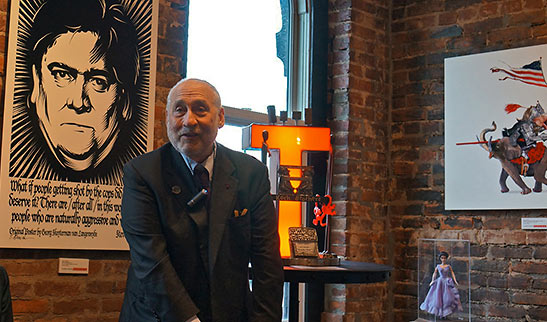
 |
Stiglitz recounted growing up in Gary, Indiana, founded in 1906 as the ultimate company town by US Steel and named for the board president. But in the ’50’s, it represented capitalism’s golden age, when society was at its least divided. There was also more social mobility than now. Working on his PhD at MIT, Stiglitz’s thesis was A Theory of Distribution of Income and Wealth. Decades later later, similar themes were sustained in a magazine article, Of the One Percent, For the One Percent, and By the One Percent, warning that even the top one percent would come to regret galloping inequality leaving behind people whose fates were intertwined with the better-heeled. |
Expressing his long-standing concerns about lower economic growth and greater instability from inequality as well as its political consequences, Stiglitz noted that while recently this was a fringe view, it’s now central, embraced even by the staid, reserved International Monetary Fund as it warns governments of the dangers from excessive inequality.
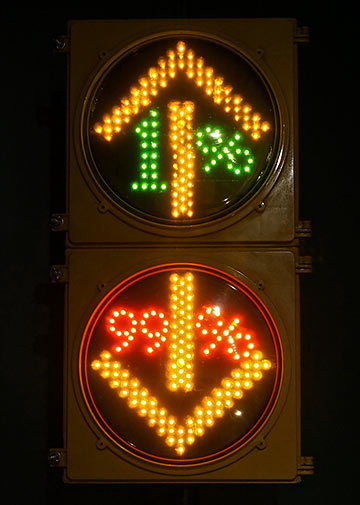 |
Putting less emphasis on classes, Stiglitz says we’re all together but for a very few, that "all growth has gone to the top ten percent, most of it the top one percent, and most of that to the top one tenth of one percent.” Over the last forty years, average income of the bottom 90 percent basically hasn’t changed.
The Obama Administration had little credibility touting a recovery when, said Stiglitz, in the first three years of the recovery from the 2008 recession, 91 percent of all gains went to the top one percent. Claims of recovery only cut public confidence in government.
Stiglitz says the Chinese, where so many have made huge gains from their poverty of forty years ago, find it “unimaginable” that in America hourly compensation at the bottom, adjusted for inflation, is roughly what it was sixty years ago.
 |
Eight Americans have as much wealth as the bottom forty-four percent, primarily inherited, says Stiglitz. Two Koch brothers, and six children of the Waltons. He noted Walmart wasn’t famed as a workers’ paradise, more so for bribery in Mexico.
Extreme inequality of income plays out in many interacting facets. One is health care, says Stiglitz, with the US “the only advanced country that doesn’t recognize access to healthcare as a basic human right,” (resulting) in “a very high degree of inequality of health.” The grave consequences reflect inequality of income. Life expectancy in the US is now declining as it did in Russia after the breakup of the Soviet Union, whereas in other countries morbidity is declining. In the US increasing morbidity is driven by alcoholism, suicide and drugs, even more than by obesity.
Another facet is diminished opportunity. For an in-depth look, peruse the NY Times series that Stiglitz wrangled, The Great Divide. Various writers sketch inequality. Who could not sense the anger bubbling up?
Stiglitz emphasized that where we find ourselves is the result of policy choices. These choices are often not based on social and political decisions of what we really value the most. Instead, they are choices in tandem with state capture: the use of influence to stop government from doing its job, to make bank regulators comatose, to provide special favors like selling national resources below value, to shift the costs a company should incur – such as cleaning up its pollution – onto others, blowing off antitrust laws, etc…
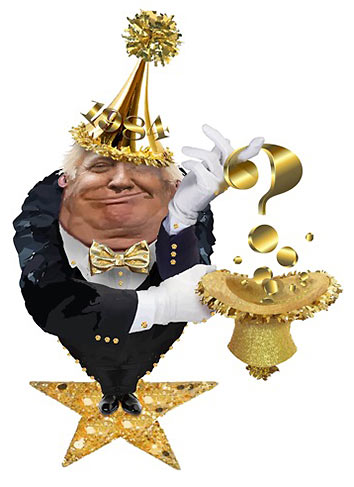 |
Two paths to riches. One is to work hard, create something, a real business or innovation, to grow the pie. The other is just getting a bigger slice, such as creating monopolies or manipulating public policy. Rent-seeking, (a curious name for gaming the system for more than what’s fair). For piggy slices, state capture is handy. Stiglitz emphasizes how economically inefficient the second path is, how damaging it is to society to distort the economy to swell profits, pumping up inequality
Interacting with the art about him, Stiglitz is eloquent on the foolishness of decisions for short-term gain by the upper crust that diminish others’ prospects. It’s creating a society they might not want their kids to live in.
Contrast education now with the days of the GI Bill.
We were much poorer after WWII, debt GDP ratio of 130 percent, but still
managed it. Student debt, 1.2 trillion or so, now exceeds credit card
debt, says Stiglitz, and can’t be discharged in bankruptcy, even
by a parent who lost a child after cosigning a loan. For Trump to discharge
debt in multiple bankruptcies, no worries.
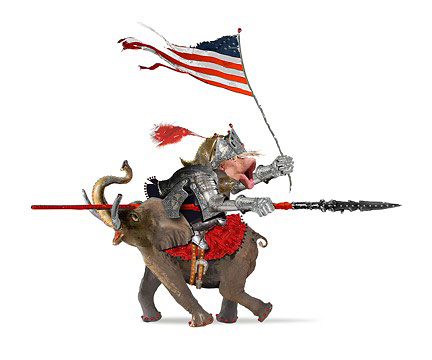
The economic rules of the game are set in the political process, which is determined by the political rules of the game, says Stiglitz. “We have to get at those rules of the game… that give money so much voice… really undermining the way our political system works…resulting in a lack of confidence in our democracy, and you see it so clearly.”
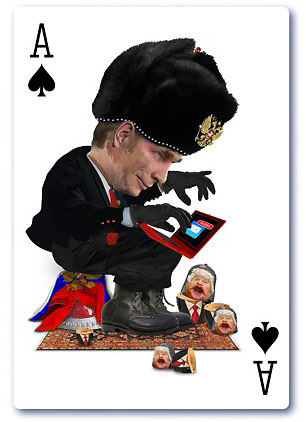 |
“The most important thing is dealing with the role of money in our politics,” says Stieglitz. “The idea that it would undermine free speech is absurd. Other countries have free speech, and have figured out how you can balance the two.”
It’s just our Supreme Court that can’t. Lucky us.
For more nuance and nuggets, here’s the transcript of the talk, including Q&A and why Trump isn't bringing manufacturing and extraction jobs back.
By the way, antidotes to a political system diseased by the titans of influence are considered in this Economic Policy Institute analysis of a proposed Peoples Budget from the Congressional Progressive Caucus. It gives examples of choices aimed at cultivating long haul opportunity.
The Artists
The works by both Kathleen Ramich and Nancy Ohanian are playful, whimsical. Their sense of humor allows the deeper implications to sneak up on the viewer.
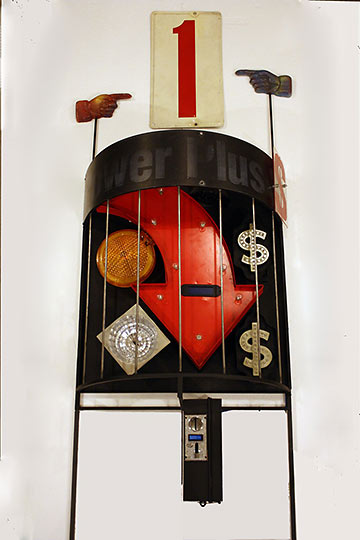 |
After Ramich creates her concept and design, some of her works require computers and software to power them. Those contributions are created by an electronics engineer, Michael Worrell, who integrates them as needed as the assemblage is constructed.
Ramich says her assemblages "juxtapose pieces of Americana designed to grab the viewers’ attention and interrupt the “conventional wisdom” incessantly streaming from political sources. Memorabilia from our childhood, job, school, internet, or the street can serve as powerful symbols when seen in a new light, triggering feelings of alarm, humor, nostalgia, etc. Calling attention to hypocrisy has its rewards and its price. Those who pull back the curtain – be they journalists, artists, or rogue economists – risk being labeled “enemies of the people” by those desiring cover." Her website is under construction, but some past works can be seen here.
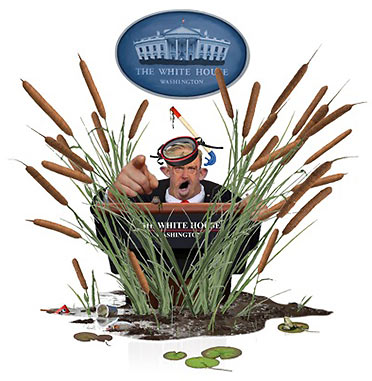 |
Ohanian focuses on "the hypocrisy in political conversations in a culture of double-talk and lies that is not intended to inform." She says her imagery is "a satirical voice of that reality, of disingenuous polarity-politics presented as some sort of moral high ground." Her pleasure in creating the imagery is evident. Their "absurdity is based on facts, whatever that means at any moment." Her website with a number of samples is here.
Ohanian's limited editions for the show, which continues through May 22nd, are printed on aluminum, plumping up impressive detail and color vibrancy. She may have the fastest pen in the East, enabling her to provide timely creations for a broad swath of top-tier newspapers, magazines and publishing houses.
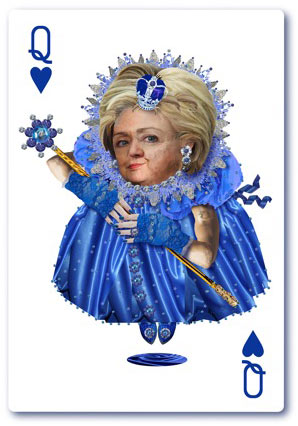 |
If I could digress, (and I can!), had I been on hand when Ohanian titled the work on the right Hillary Clinton: Queen of Hearts, I'd have lobbied for Divine Right of Queens. According to Shattered: Inside Hillary Clinton's Doomed Campaign, the book quoting Clinton campaign insiders, staff was frantic, for two years, trying to find a slogan expressing why she wanted to be president. Good reason for the angst. Remember when Roger Mudd asked Ted Kennedy why he was running, and the instant derailment at his answer? One always wondered if Ted really wanted to be president after what he'd endured, or if the political machinery and history's whisper of unfinished business swept him up.
For Hillary, Divine Right of Queens always seemed apt to me, capturing the mainstream media and DNC kow tow before the primaries even began. It's catchier than The Foundation Owes Favors. Looking over the list of contenders, here, what telltale mush. Imagine if they'd run those by families that foamed the runway. I heard staffers also considered Because It's Her Turn, but I thought it was a gag. No.
For a reprise of an earlier scribble on Hillary's crash potential, and why Berne would have been a far better bet, here. For one touching on the media stiletto out for Bernie.
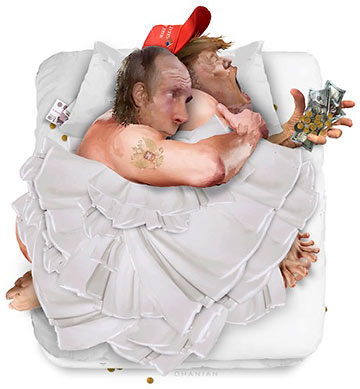 |
The Foreign Correspondent
As a journalist, Krause hit long balls, his tasks included Washington Post South American Bureau Chief. His territory brought him risky assignments covering insurgency and counter-insurgency in Central America, the 'Dirty War' in Argentina, the Sandinista Revolution, the Falklands/Malvinas War, the US invasion of Panama, etc...
Luck nearly ran out as he investigated Jonestown, when he was shot on an airplane tarmac, playing dead to survive as killers rampaged about him. "Guyana Massacre: The Eyewitness Account" was a best-seller, the television show based on it remains one of the most watched miniseries in America. A 2008 retrospective can be seen here.
Journalism also took him to the War in the Gulf, the liberation of Kuwait, the fall of communism in Eastern Europe and the Soviet Union and to Kosovo. His reporting in Israel earned an Emmy.
You can safely assume these experiences were formative for views on government deception and propaganda, and on oppression favoring elites with influence. And Krause took note of fine art as an accelerant for social and political change. Toward that end, he underscores the motivations behind an artist's work as important criteria in evaluating it. Krause sees art guiding public awareness on issues from political corruption to the threat to civil liberties from the massing of intelligence. Art providing voice so groups without one might be heard.
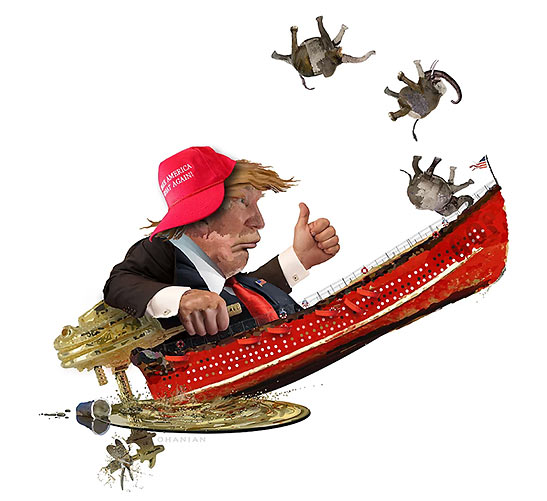
Special thanks to Down With Tyranny for their assistance on this blog.
Related Articles:
Roadside
Attraction Postcards from Washington, DC: Musings on an Election When
It Might Finally Hit the Fan; Campaign
Pain: 2016; The
Impossible Happened: It’s Time to Get to Work
|
|
This site is designed and maintained by WYNK Marketing. Send all technical issues to: support@wynkmarketing.com

|
























